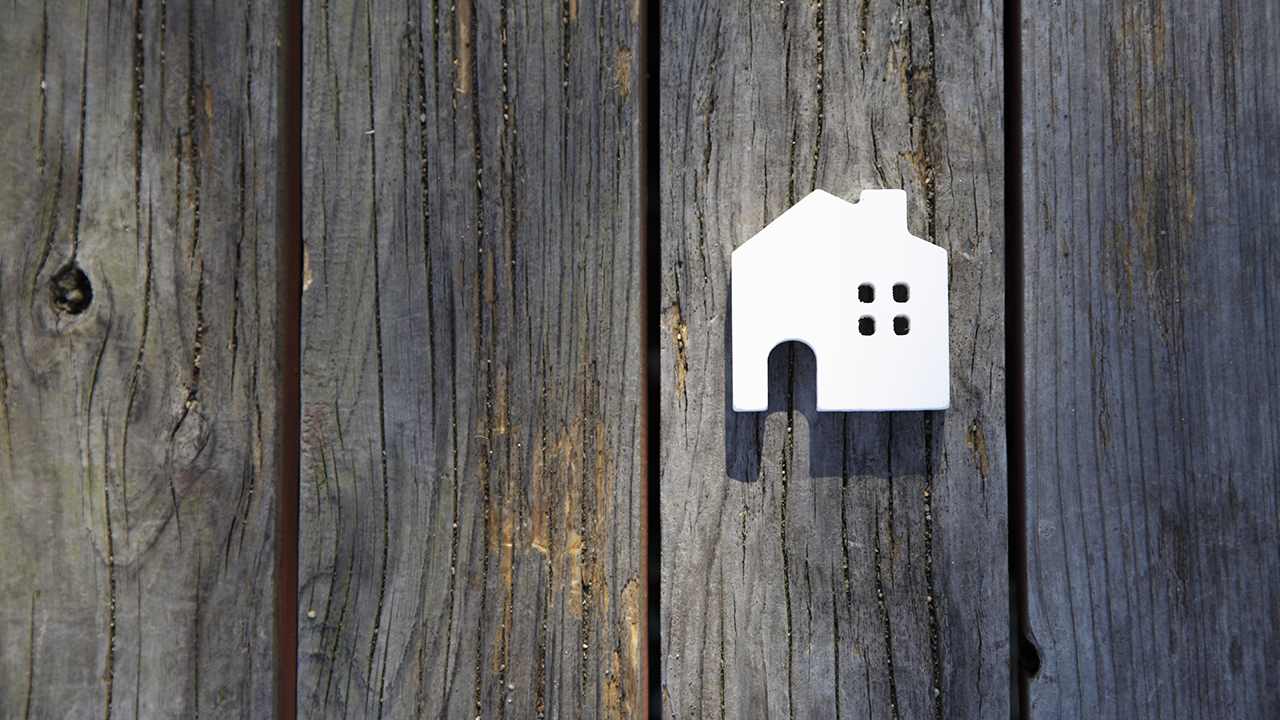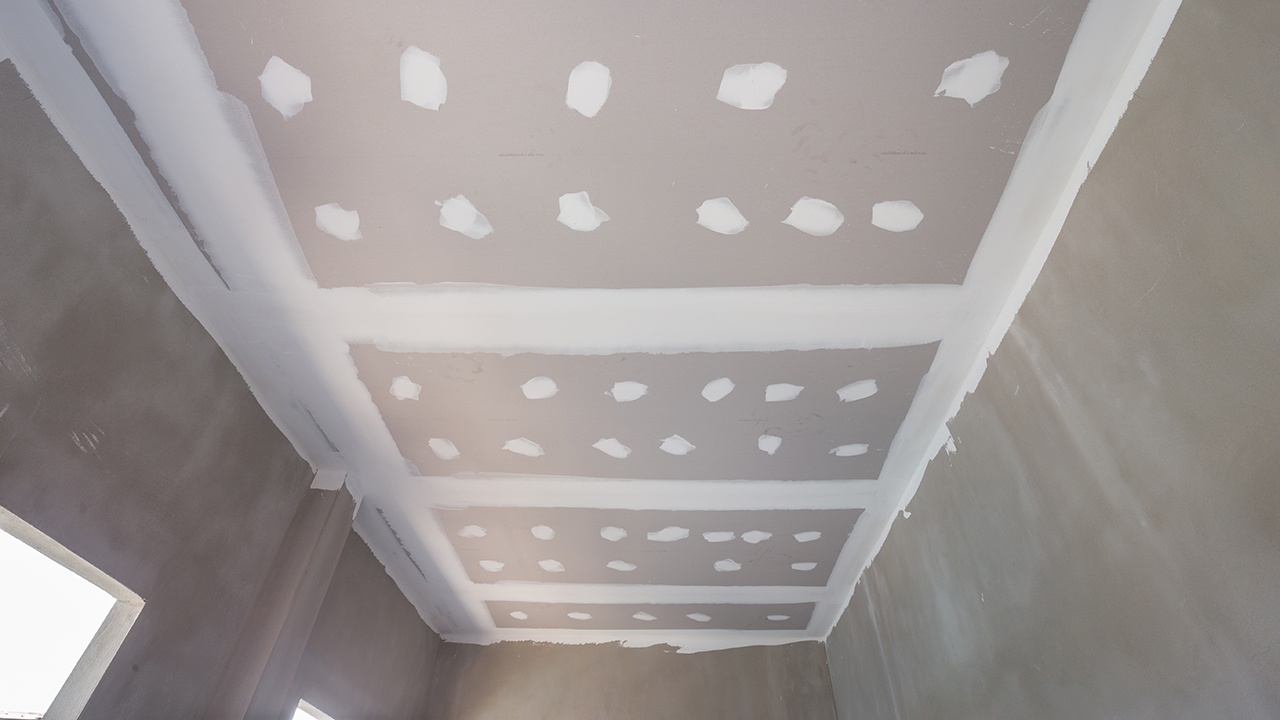How Do Interest Rates Affect Home Sale Prices?
Homeowners across the country have been able to take advantage of super-low interest rates on their mortgages for the past few years, which has certainly helped to make home purchases more affordable.
But now that the Federal Reserve has recently announced that interest rates will start to increase, homeowners and borrowers may wonder what type of impact this may have on home sale prices. After all, higher interest rates means more money spent over the life of a mortgage.
The question is, do higher rates mean sales will suffer?

Obviously, the higher the mortgage interest rate, the more money is needed to pay towards interest on a loan. The reverse is also true: when interest rates are lower, the cost to borrow is also reduced, making it easier and more affordable for borrowers to take out a mortgage.
We’ve been seeing the latter scenario play out in many markets across the country: with a sustained low-interest rate environment, sales have been pretty strong in many markets. The number of home sales increase as more people are able to take out a lower-cost loan. During periods of low interest rates, more homes are constructed as the demand increases. Not only that, but development firms are able to finance more construction thanks to the ability to borrow money at a cheaper interest rate.
While the cost to obtain a mortgage is correlated to the interest rate, sale prices of homes don’t necessarily always directly relate. Despite the fact that lower rates can realistically boost the demand for homes and subsequently drive home prices up, the demand can just as easily subside if the prices climb too high, thereby causing property prices to drop.
But are we placing too much emphasis on interest rates on home sale prices?
As much as interest rates have an effect on home values, they aren’t solely responsible for the prices that homes can sell for at any given time. There are plenty of other factors, such as a strong economy, which have just as much – if not more – of an impact on sale prices as mortgage rates.
Mortgage Rates Don’t Directly Impact Home Sales
While higher interest rates can have a negative effect on sale prices, they’re not the only things impacted in the housing market.
A sudden spike in mortgage rates can lead to a plummet in home sales, as well as induce current homebuyers to readjust their approach.
Whether they start looking at homes in a lower price bracket, scrape together more money to put towards a larger down payment, go for a variable-rate mortgage in order to slash a few points off their interest rate, or bail out altogether, these are all real possibilities that can have an effect on the overall housing market.
The Ripple Effect of Rising Rates
When first-time homebuyers are pushed to the side as interest rates increase, the effect is seen down the line. Those already in the market who are looking to sell their current properties and make a new purchase are also affected.
Homeowners with properties listed on the market may eventually discover that it becomes more challenging to actually sell their homes because there are fewer buyers able to afford them. And so the ripple effect works its way through the market. At some point, property prices can be negatively affected.
Mortgage rates also impact non-owners who are on the fence about renting or entering the housing market. At the end of the day, the more affordable option is often chosen. And while in many cities home prices are relatively affordable, in many other cities – such as San Francisco and Boston – buyers can be easily nudged out of the market with even a fraction of a point increase in mortgage rates.
In these more expensive markets, a rising rate could make renting a more attractive option, which can thereby slow demand for housing in these particular areas.
The Bottom Line
Considering how low mortgage rates still are, we’re a long way from the sky-high rates that plagued the nation back in the 80s. While rates aren’t expected to spike anywhere near those staggering figures, we can still expect a marginal increase in rates, albeit a very slow and steady one. In the meantime, now seems to be as good a time as ever to make a purchase, considering the fact that we’re still hovering around historical lows in mortgage rates. The sooner you can lock in at a lower mortgage rate, the more affordable your home purchase will be.






















